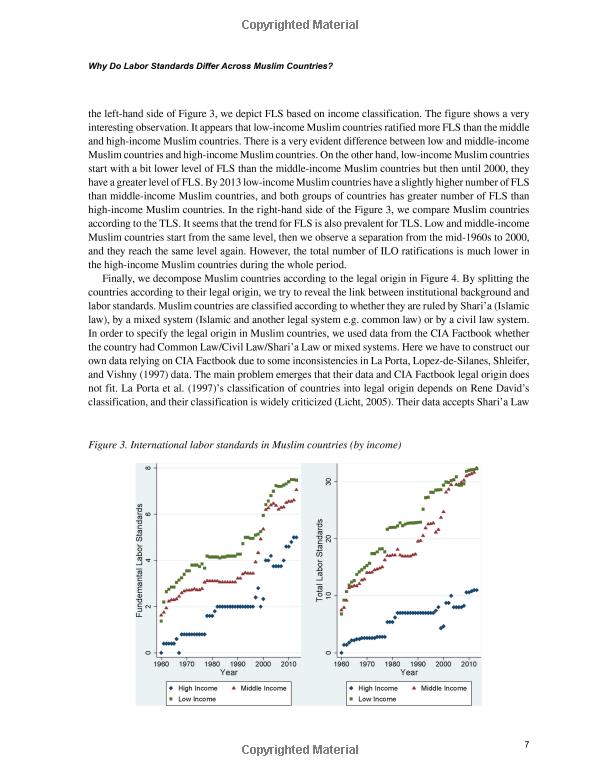Understanding FAFSA Subsidized and Unsubsidized Loans: A Comprehensive Guide to Your Financial Aid Options
#### FAFSA Subsidized and Unsubsidized LoansWhen it comes to financing your education, understanding the differences between **FAFSA subsidized and unsubsid……
#### FAFSA Subsidized and Unsubsidized Loans
When it comes to financing your education, understanding the differences between **FAFSA subsidized and unsubsidized loans** is crucial for making informed decisions about your financial future. These loans, offered through the Federal Direct Loan Program, can significantly impact how you manage your college expenses.
#### What are FAFSA Subsidized Loans?
**FAFSA subsidized loans** are need-based loans provided to undergraduate students who demonstrate financial need. The key feature of these loans is that the federal government pays the interest while the borrower is in school at least half-time, during the grace period, and during deferment periods. This means that the amount you owe does not increase while you are in school, making it a more affordable option for students who qualify.
#### What are FAFSA Unsubsidized Loans?

On the other hand, **FAFSA unsubsidized loans** are available to both undergraduate and graduate students, regardless of financial need. Unlike subsidized loans, the borrower is responsible for paying the interest from the moment the loan is disbursed. If you choose not to pay the interest while in school, it will accrue and be added to the principal amount of the loan, which can lead to a larger debt burden upon graduation.
#### Key Differences Between Subsidized and Unsubsidized Loans
1. **Eligibility**: Subsidized loans are only available to undergraduate students with demonstrated financial need, while unsubsidized loans are available to all students regardless of need.
2. **Interest Payments**: With subsidized loans, the government covers the interest while you are in school, whereas with unsubsidized loans, you are responsible for paying the interest from the start.

3. **Loan Limits**: The maximum amount you can borrow through subsidized loans is generally lower than that of unsubsidized loans, which can affect your overall borrowing strategy.
#### How to Apply for FAFSA Loans
To apply for both types of loans, you must complete the Free Application for Federal Student Aid (FAFSA). This form collects information about your financial situation and determines your eligibility for federal student aid programs. It is essential to fill out the FAFSA accurately and submit it on time to maximize your financial aid options.
#### Repayment Options

Both types of loans come with various repayment plans, including standard, graduated, and income-driven repayment plans. Understanding these options is vital to managing your debt effectively after graduation. For subsidized loans, since interest does not accrue while in school, repayment may be more manageable. However, with unsubsidized loans, it’s crucial to consider the potential for accrued interest when planning your repayment strategy.
#### Conclusion
In summary, understanding **FAFSA subsidized and unsubsidized loans** is essential for any student navigating the financial aid landscape. By recognizing the differences, eligibility requirements, and repayment options, you can make informed choices that align with your financial goals. Always consider consulting with your school’s financial aid office for personalized advice and assistance in managing your student loans effectively.